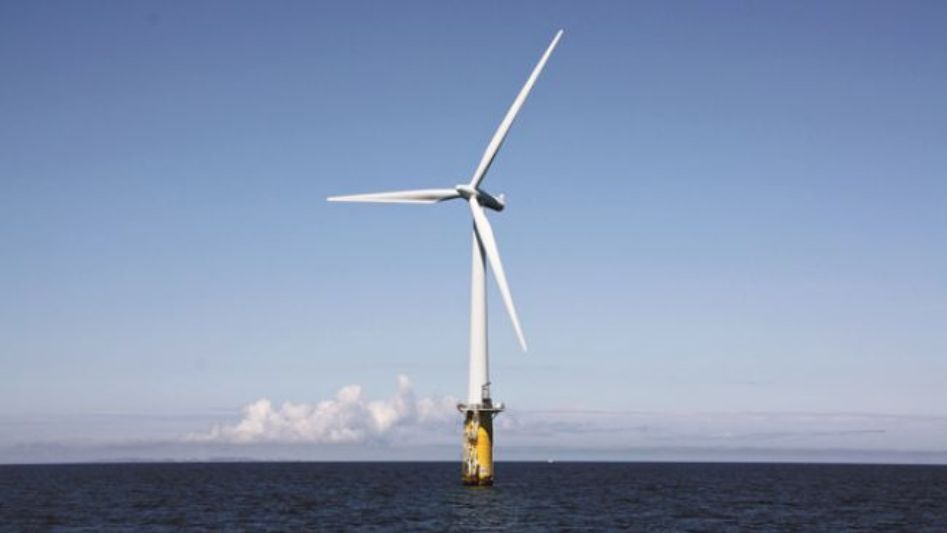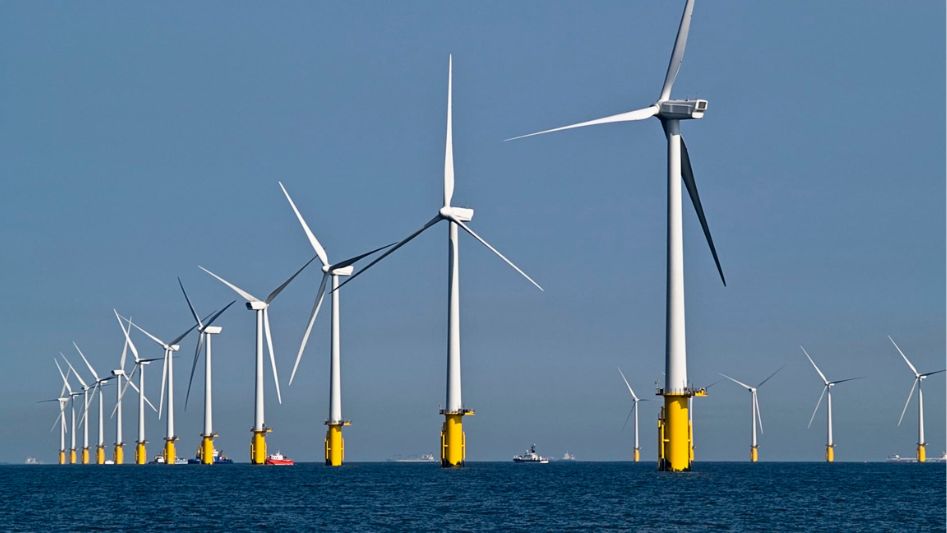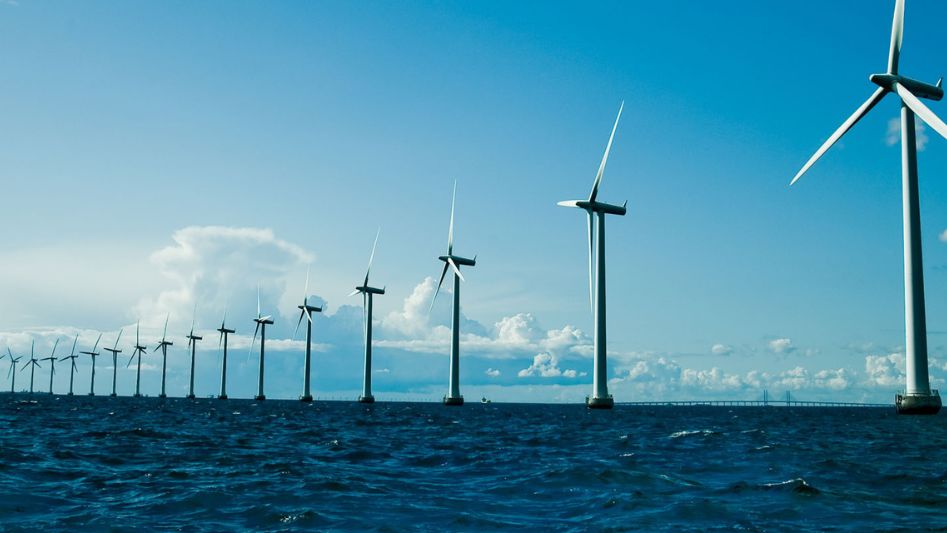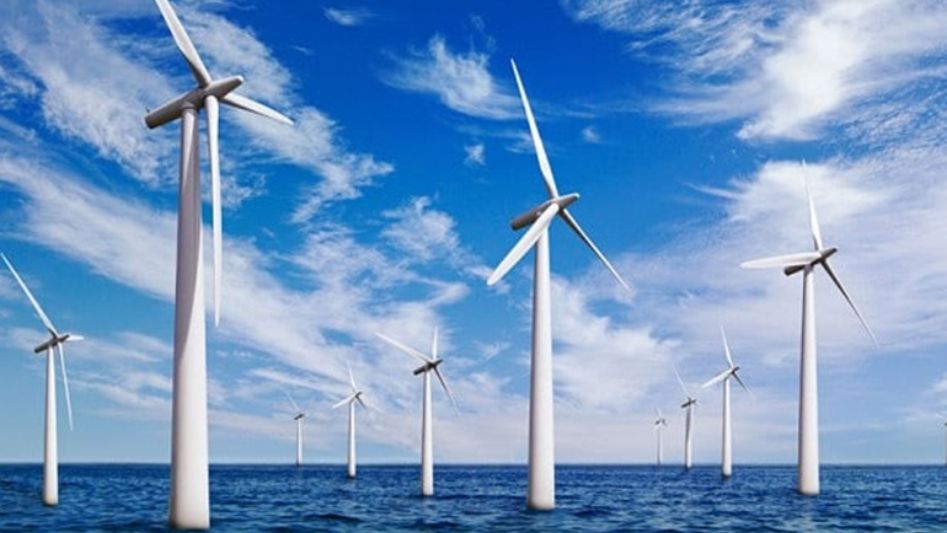The benefits of onshore wind have long been clear to industry and are increasingly appreciated and supported by local communities in the UK.
Table Of Content
- Introduction
- Killing the project killers
- Brits back renewables
- Unlocking enormous amounts of capacity
- Conclusion
- FAQ
- You May Also Like
- External Links
Companies working in renewable energy in the United Kingdom are pleased with the government’s plans to remove obstacles to onshore wind development in England.
Onshore wind will be easier to install when the government “brings onshore wind planning rules in line with other infrastructure,” as reported by Renewables UK.

One of the largest UK onshore wind installations, Dulas, whose Commercial Lead for Consulting is Andy Skipton-Carter, called this “great news for the sector.” Cost-effectiveness analysis shows that onshore wind is one of the UK’s cheapest electricity sources. Achieving the full potential of onshore wind in England requires removing the effective restrictions on the technology, which will in turn lower our energy prices and increase our energy security.
Killing the project killers
As part of its new “Growth Plan,” the federal government has committed to making it easier to approve offshore wind farms. In its current form, the decision-making process may take up to four years, significantly increasing the time and money needed to complete any given project.
Offshore wind has had a price reduction of over 70% since 2015. Because of this, this way of producing energy is the most cost-effective in the country and is well suited for supplying electricity on a national scale.
Considering the effect of the conflict between Russia and Ukraine on the price of fossil fuels, the United Kingdom’s decision to invest in onshore and offshore wind farms is more timely than ever.
At this point, the moment is appropriate, and the general public agrees.
Brits back renewables
Public support for the construction of additional wind and solar farms to address the cost of the energy problem is high, according to a recent study done by Survation on behalf of RenewableUK. Further analysis of the data reveals that the present governing party, the Conservatives, stands to lose support from the electorate if it does not begin to demonstrate more enthusiasm for renewable energy sources.
Two-thirds of Britons believe the incoming administration should employ wind and solar farms to bring down power prices, and the same percentage is in favor of renewable energy projects being built in their communities.
81% of people are in favor of solar energy, 76% are in favor of offshore wind, 74% are in favor of onshore wind, and 72% are in favor of tidal and wave power.

All of this shows that citizens will welcome the government’s efforts to accelerate growth.
Unlocking enormous amounts of capacity
When the ban on onshore wind was lifted in England, RenewableUK chief executive Dan McGrail commented, “We can produce much more inexpensive power for hard-pressed bill-payers in regions where projects have local support.” This technology provides us with a fantastic chance to address the rising cost of energy, since projects may be built and operational in as little as a year after receiving the necessary permits.
To fulfill the government’s goal of quadrupling our offshore wind capacity by 2030, we must expedite the planning process for offshore wind, which will release a massive amount of additional capacity much more quickly. It will also aid in realizing the Prime Minister’s goal of turning the United Kingdom into a net energy exporter by the year 2040. The current timeline for completing a project may be as long as 10 years. Since offshore wind is now cheaper to develop than onshore wind, we can’t afford these glacial periods any more.
Some offshore wind farms have been granted connection dates that are more than a decade in the future; therefore, it’s crucial that we expedite grid connections. As one of the most essential stages towards decarbonizing our electrical system in the coming years, we are calling on Ofgem and National Grid to speed up grid reform in addition to the reforms announced today.
As a whole, the government’s growth plan has the potential to significantly hasten the shift to renewable energy sources that don’t break the bank. A total of up to £175 billion is expected to be invested by businesses in wind power in the United Kingdom this decade, which will undoubtedly improve the country’s economic prospects and energy independence.
Conclusion
Cryptography is a method that will be used for the foreseeable future. At the moment, over 7000 different cryptocurrencies can be bought and sold.They’ve all been getting better for a long time, and there are a lot of them. Therefore, cryptocurrency is an alluring investment opportunity, and it is only human to desire to share the spoils with your loved ones. Gifts of bitcoin may be made in a number of different ways. Giving presents may be difficult; there’s a right way and a wrong way to do it.

FAQ
How big is the United Kingdom’s largest onshore wind farm?
Located on Eaglesham Moor, just twenty minutes from the heart of Glasgow, Whitelee is the biggest onshore windfarm in the United Kingdom. Its 215 turbines can produce up to 539 megawatts of energy, enough to supply more than 350,000 homes.
Which company owns the UK’s largest wind farm?
RST is pleased to report that its Hornsea 2 wind farm, the biggest such installation in the world, is currently producing electricity. Over 1.4 million UK households will be supplied with affordable, clean, and secure renewable energy from the 165 wind turbines at the 1.3 GW offshore wind farm, situated 89 km off the Yorkshire Coast.
Are there any grants for wind turbines in the UK?
Although there are no statewide incentive programs for installing wind power generators, there may be local opportunities to get funds for wind turbines via community-based initiatives.
You May Also Like
- Google Buys 43MW of Wind Energy While Saving Birds
- 9 Cool Innovations In Wind Energy
- Wind Energy: Frequently Asked Questions FAQ
- How Large Is This Hybrid Solar & Wind Energy Facility In Europe?
- Wind Energy: The Unknown Facts
External Links
- RenewableUK calls for onshore wind planning reforms to support bill payers
- Tories plan big expansion of wind farms ‘to protect national security’
- Will the UK government back onshore wind in the upcoming Energy Security Strategy?
- The world’s biggest offshore wind farm is now fully operational
- Biggest ever renewable energy support scheme opens

